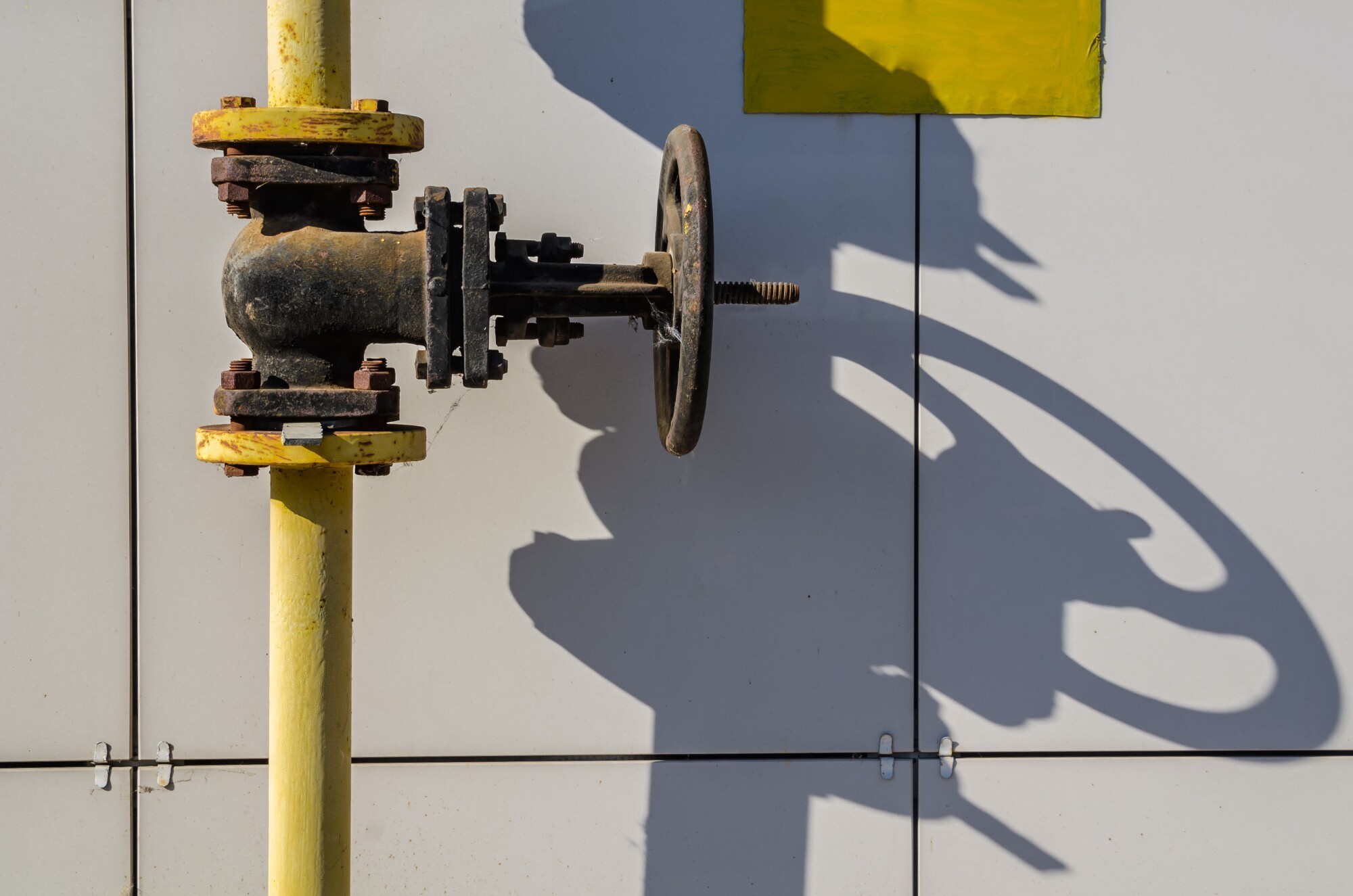What Are The Different Flow Control Valve Types
07-22-21

Do you know about the different flow control valve types? If you’re a DIYer and want to work on your own plumbing or hydraulic system, it helps to know all your available options. Flow control valves work in hydraulics to open and close the flow into engines and piping. There are at least five or six different types of these valves that engineers use when designing mechanical systems.
Here’s an overview of how to choose the best valve type for the project you’re working on.
Directional Valve Types
When it comes to directional valves you can use, there are 2-way, 3-way, 4-way, and 5-way valves. This makes them useful in a variety of applications, including engines, heating, and cooling systems, petroleum processing, and food manufacturing.
Directional valves include check valves and prefill valves, which are uni-directional, and spool valves, which are multi-directional. These types of valves have inlets, outlets, and exhaust ports. 4-way and 5-way valves are usually used in air conditioning and heating systems. They unify the many ducts that control airflow and air exhaust in a building and allow for complex design.
Disk Valves
Disk valves slide open and shut over a parallel flat surface to control flow inside pipes and large industrial machinery. Their various configurations, like rotating disk valves, allow them to work well for cement, oil and gas, and chemical manufacturing. Disk valves are suitable for replacing other types of valves and are an affordable alternative.
Pressure Control Valves
Pressure control valves are an important engineering tool because they preserve machinery. In other words, they help prevent engines from blowing up under pressure.
Sequence valves are a type of pressure control valve that can detect pressure building up. Pressure control valves are usually part of a computerized system that can respond to conditions within and open and close accordingly.
Without pressure valves, the pipes in hydraulics and other critical systems would explode. Missing them, we wouldn’t have the industrial designs that we take for granted today.
Pinch Valves
Pinch valves work with compressed air or activate with mechanical turn handles. They most commonly exist in the food industry and gas and petroleum manufacturing. They are great for controlling the flow of sludgy materials. From soda machines and ice cream dispensers to chemical manufacturing plants, pinch valves make their mark.
Because of their frequent use, they are often manufactured en masse. Often they don’t cost a lot and are easy to replace.
Ball Valves
Ball valves are commonly used in plumbing and mechanical engineering. They are not capable of the same precision as other valves, but they’re still effective. Ball valves work with a hollow ball that rotates inside a pipe. They have a flat face that lets fluids pass through when a technician turns them into an open position.
There are different types of ball valves, which can seemingly present designers with too many options. But the exact type used in design always depends on why it’s used and what material it has to control.
Needle Valves
Needle valves operate with a pin-and-cone-shaped device. The pin rotates up and down on threads to shut off or slow down the flow of material. Needle valves can adjust to tight tolerances, which makes them perfect for use with gases and petroleum processing.
Diaphragm Valves
Diaphragm valves have tight tolerances that allow for very effective shutoffs. They work in low-pressure environments and resist breakdown from strong chemicals. They are a good choice for leak prevention, gradually slowing down the fluid flow, and are easy to service.
Gate Valves
Gate valves can handle high heat, high pressure and use an on/off shutoff mechanism. Also called sluice valves, they work by lifting vertically to open and close. They don’t work well with highly viscous materials but do a good job of controlling liquids.
Butterfly Valves
Butterfly valves are disc-shaped, with a centrally located pin holding them inside a pipe. To operate them, a technician turns the pin from the outside. This rotates the disc and opens or closes the pipe’s interior, so fluids either flow-through or stop.
Check Valves
Check valves are one of the most popular flow control valve types. They prevent too much pressure from building up inside a system or machine and stop backflows. They also protect pumps from destruction by fluids going the wrong way. With check valves, engineers can ensure that all fluids stay moving in the right direction from start to finish.
Plug Valves
Plug valves are a type of control valve that contains a tapered cylinder. The tapered cylinder has a carved-out section that opens and closes. The cylinder twists inside of a chamber to stop or start the flow of material. This type of valve works in all types of industrial applications, from chemistry lab equipment to natural gas pipelines.
How to Choose the Best Flow Control Valve Types for Your Project
When you’re ready to choose valves for your project, remember this guide. You can use it to remind you about the different flow control valve types. Now that you know about the different options available. We specialize in manufacturing rotating disk valves for use in a variety of industries. Our valves can handle temperatures up to 1500 degrees Fahrenheit, as well as almost any material they could possibly come in contact with.
If you’d like to learn more about rotating disk valves or get a quote for your project, contact us. We look forward to working with you!